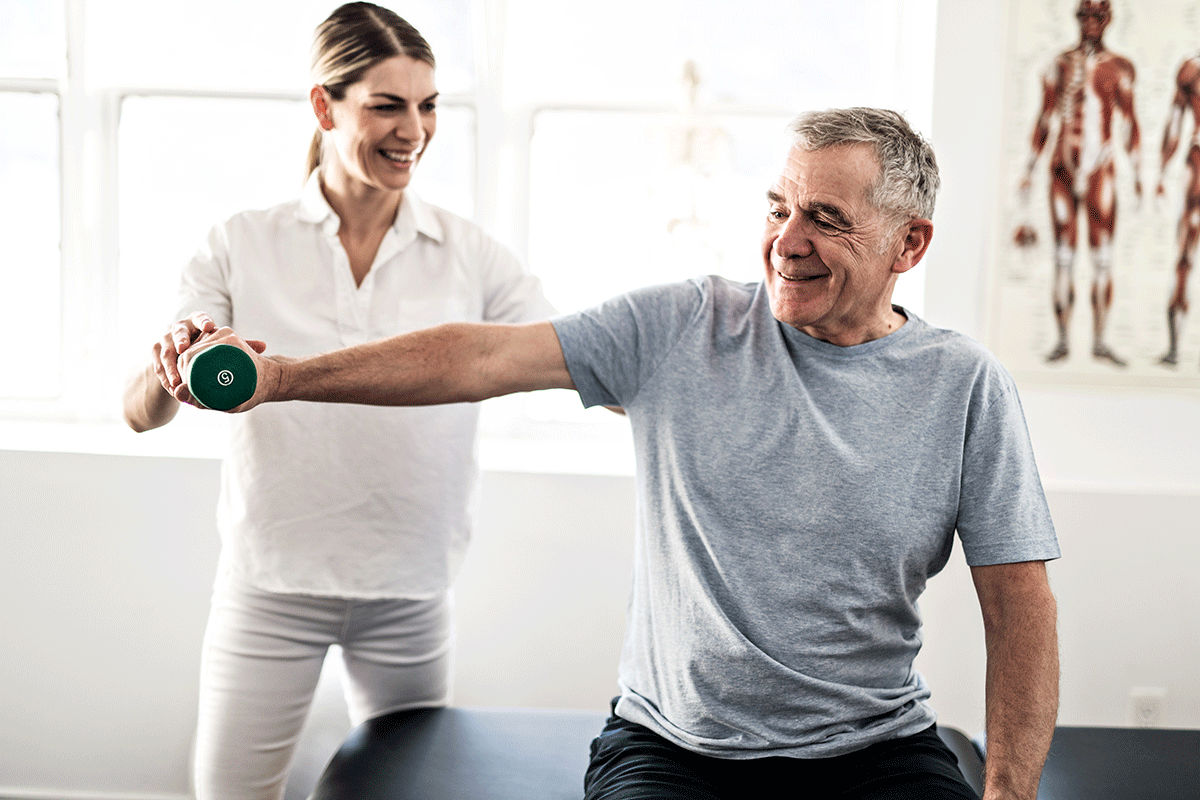Exploring the Diverse Methods of Physical Rehabilitation for Improved Recovery and Restoration
Exploring the Diverse Methods of Physical Rehabilitation for Improved Recovery and Restoration
Blog Article
Physiological therapy is an essential field that helps people heal from traumas, surgeries, and multiple medical issues. It involves a range of methods aimed to enhance mobility, alleviate discomfort, and boost overall physical capability. Physiotherapy therapists are trained experts who assess each client’s needs and create customized treatment plans. These programs often include exercises, manual treatment, and instruction about physical mechanics. By employing these varied techniques, physical can substantially enhance a person’s standard of living.
One common technique used in physiotherapy is therapeutic activity. This includes specific movements and activities that assist strengthen muscles, enhance range of motion, and increase stamina. For instance, a client rehabilitating from knee surgery may perform exercises that focus on restoring power in the leg muscles. These activities are meticulously chosen based on the individual’s status and goals. By gradually boosting the intensity and complexity of the exercises, physiotherapy therapists can assist clients recover their strength and mobility over a period.
Another important method is manual therapy, which comprises hands-on methods to adjust the body’s soft muscles and articulations. This can involve flexibility exercises, mobilization, and massage. Hands-on therapy aims to relieve discomfort, minimize inflammation, and improve blood flow. For example, a therapist may apply gentle pressure to relieve tension in tight muscle groups or to help a articulation function more freely. This method is often combined with other therapies to improve recovery and encourage healing. Patients often consider manual treatment to be a relaxing and beneficial way to manage their pain.
In addition to workouts and manual treatment, education plays a vital role in physiotherapy. Therapists instruct patients about their conditions and see it here how to handle them effectively. This may entail guidance on correct posture, physical mechanics, and strategies to prevent subsequent traumas. For instance, a therapist might demonstrate a patient how to raise weighty objects safely to avoid injuring their back. By empowering clients with knowledge, physiotherapy therapists assist them take an engaged role in their rehabilitation and encourage sustained health and fitness.
Finally, technological advancements is increasingly being integrated into physical practices. Tools such as sonography, electrical impulses, and immersive environments can enhance traditional therapy approaches. These technologies can assist alleviate pain, encourage recovery, and provide interactive ways for clients to engage in their recovery. For instance, immersive environments can generate engaging settings for patients to practice actions in a safe plus secure environment. As advancements continues to evolve, it provides exciting opportunities for improving recovery results in physical.
In summary, physical includes a range of methods that work in unison to assist rehabilitation and rehabilitation. Through rehabilitative exercises, manual treatment, client education, and the use of technological tools, physical practitioners offer comprehensive care customized to each individual’s needs. This comprehensive approach not only assists clients regain their bodily abilities but also empowers them to sustain their well-being in the long-term run. As an increasing number of people recognize the advantages of physical, it remains to serve a crucial role in the journey toward enhanced well-being and fitness.